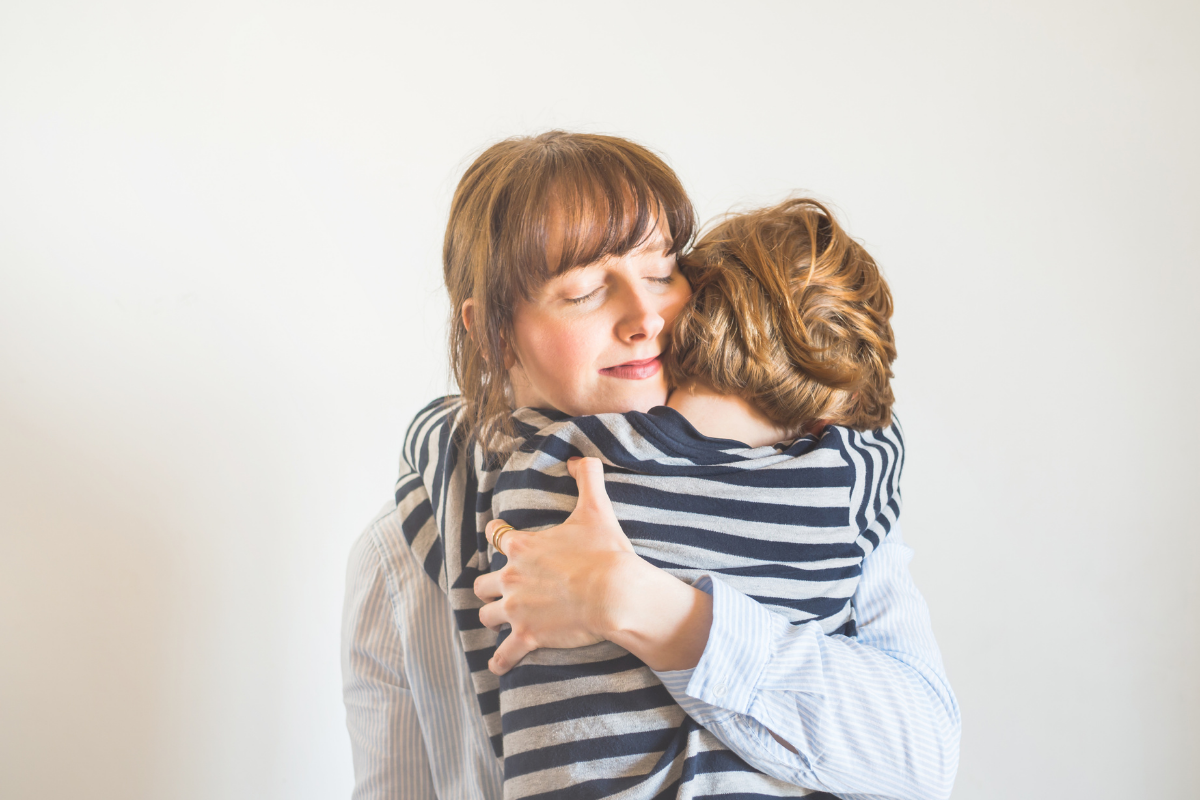Child attachment and family law arrangements

Many separating parents come to see us about arrangements for their children. The decision about where the children should live is often a complex and emotional one, with people generally in disagreement about where the child should live and how long they should spend with each parent.
We don’t agree. What happens next?
Where parents are not able to come to an agreement about who the child/ren should live with, a fundamental consideration of the court is the child’s best interests. In determining what is in the child’s best interests, the court has reference to a number of factors under the Family Law Act 1975 (Cth) (‘family law legislation’).
In many cases, to assist the court in determining what is in a child’s best interests, a Family Consultant will be appointed to provide a report to the court called a Family Report. A Family Consultant is generally a psychologist or social worker that has had significant experience working with families. One of the most important things a family consultant will report on is the child’s attachment with one or both parents.
So what is attachment theory?
Attachment, in the context of social science, refers to the bond a child has with a parent. It relates to the child’s level of safety and comfort. It is well documented in academic literature[1] that children from ages 0 – 4 are in a critical stage of their development, both cognitively and behaviourally. A primary attachment figure at this stage in a child’s development is important because they are fully reliant on them to tend to their needs. As a result of this reliance, children between the ages of 0 – 4 are very susceptible to disruptions to their primary attachments which, unfortunately, is something that is very common during separation. This usually presents as the child becoming distressed and leads to tantrums, clinginess, and signs of withdrawal. It is widely accepted that repeated stress in young children can lead to behavioural and developmental issues.
When a child is between the ages of 0 – 4, a child will generally have a primary attachment with one person which, in most cases, is the mother. This is because, in most cases, the mother is usually the one that breast feeds and soothes the child. This is of course a generalisation and it is acknowledged that the role may be reversed and fathers may be the primary attachment.
The court will always consider the child’s best interests
When the court is faced with deciding where children live where the parents are separated, a child’s primary attachment is a relevant consideration in firstly, determining where a child may live on an interim basis (whilst the proceedings are happening in court), and secondly, how much time a child will spend with the other parent. A court would be cautious to place a child in a parent’s care where they do not have the primary attachment to the child. Instead, the court will generally consider a short but frequent time with the other parent until a child is older and is more resilient.
We understand that each case is unique and would be more than happy to answer any questions you have in relation to how the above applies to your family law matter. Call to speak to make an appointment with one of our experienced family lawyers on (07) 5446 1745.
[1] Federal Magistrate Robyn Sexton, ‘Parenting Arrangements for 0-4 Age Group’, Australian Family Lawyer, vol. 22, no. 2, pp. 1 – 9.







